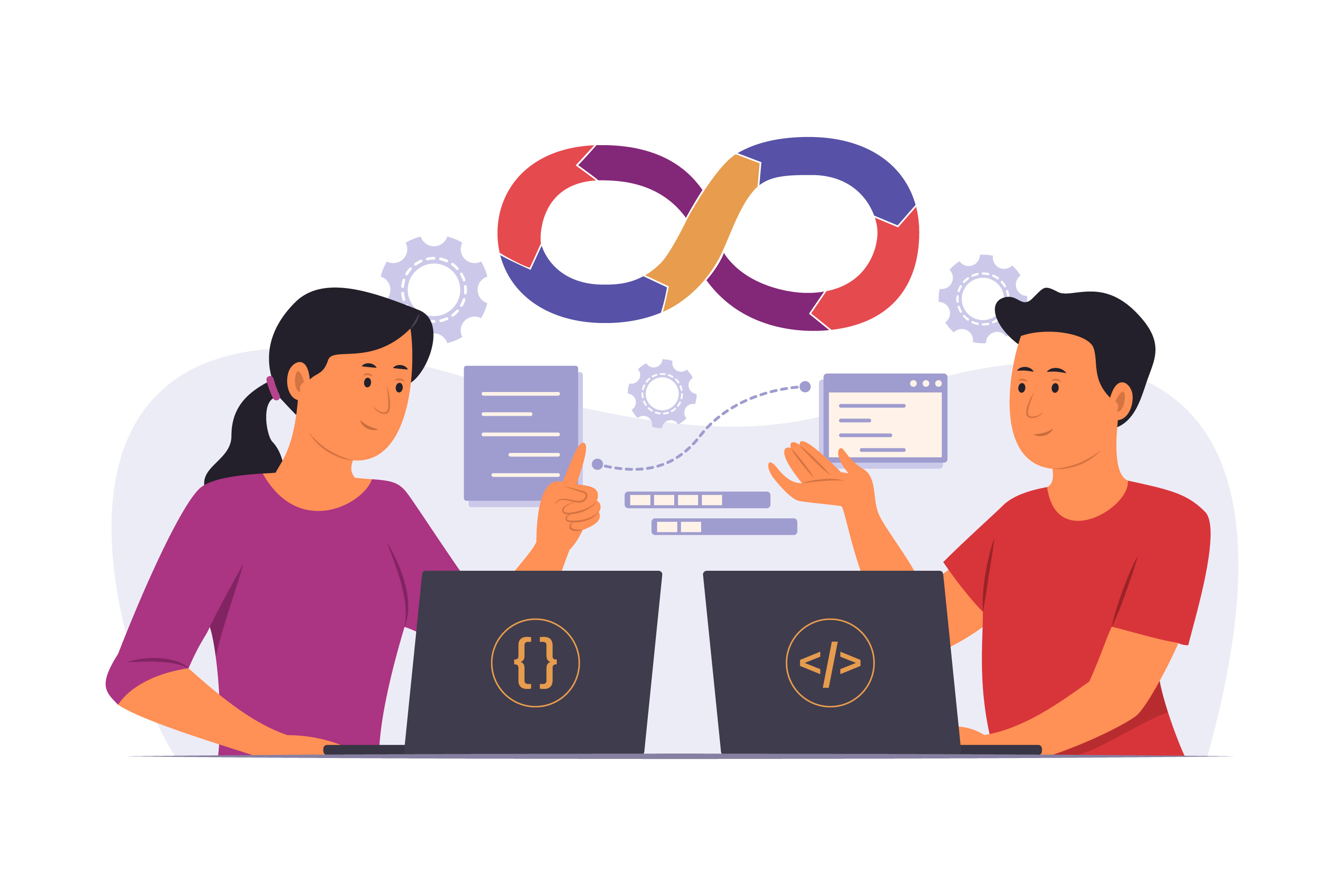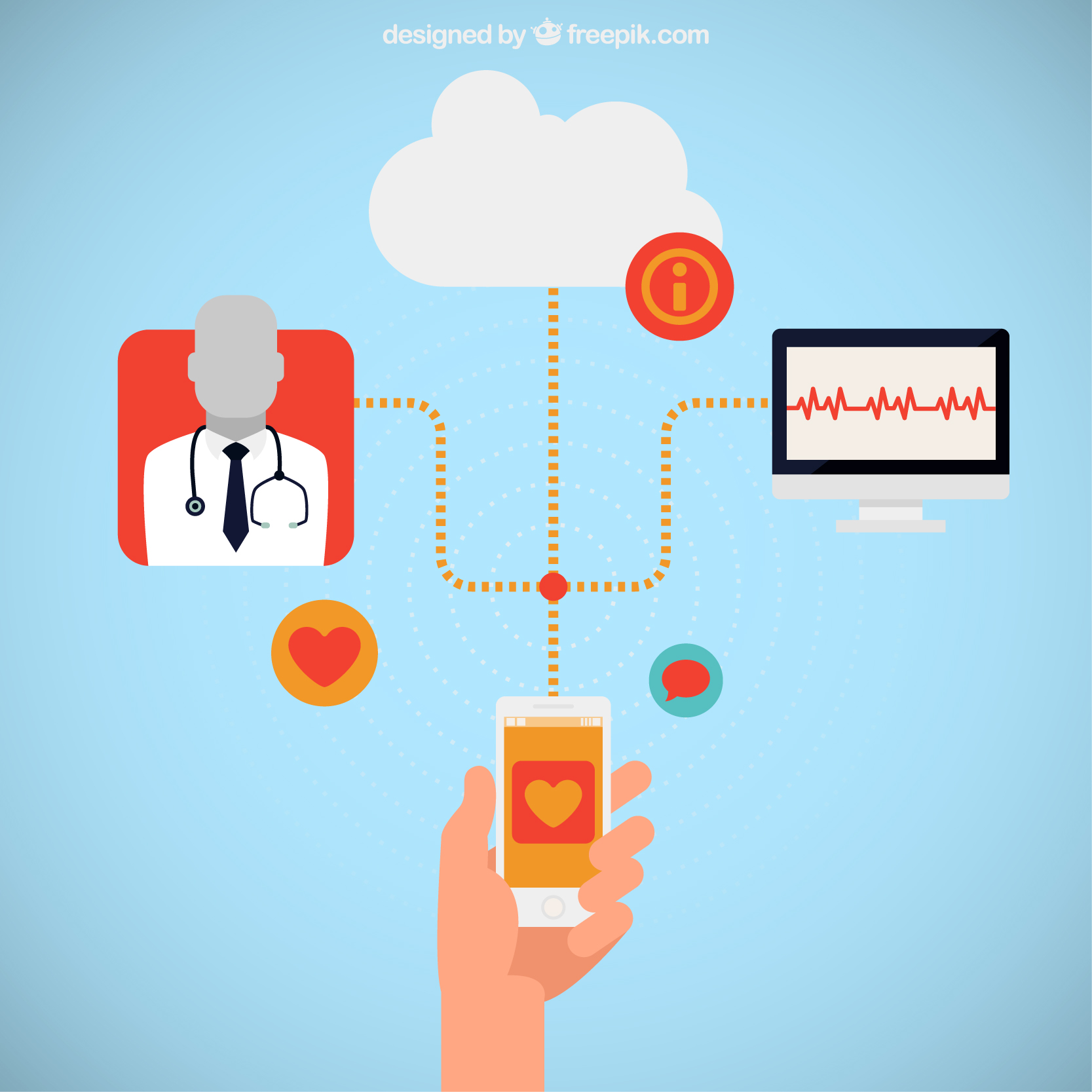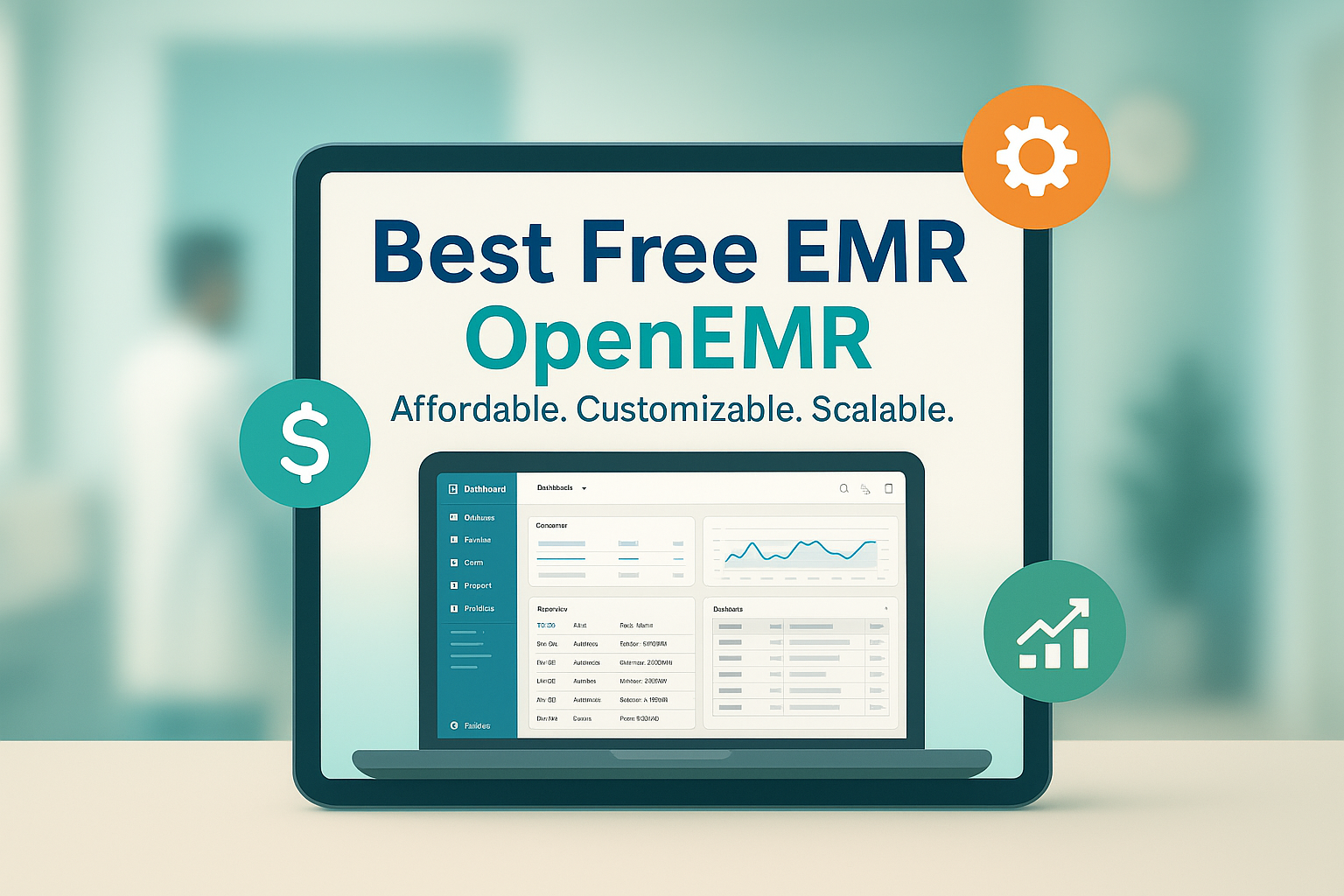Develop Healthcare IT Products with the Latest Technologies: A Blueprint for Success

Strong8k brings an ultra-HD IPTV experience to your living room and your pocket.
The healthcare industry is undergoing a digital transformation, and IT products are at the heart of this revolution. With patient care, clinical workflows, and healthcare administration all becoming increasingly dependent on technology, the demand for innovative healthcare IT solutions has never been higher. However, developing healthcare IT products that are both cutting-edge and compliant with stringent healthcare regulations presents unique challenges.
In this blog, we will explore how leveraging the latest technologies can elevate healthcare IT product development, making solutions more efficient, scalable, and future-ready.
Why Embrace New Technologies in Healthcare IT?
Healthcare faces constant pressure to improve patient outcomes, streamline operations, and reduce costs. Emerging technologies offer innovative ways to meet these goals. Healthcare providers are increasingly looking for IT solutions that not only address current challenges but also anticipate future needs.
By embracing technologies like artificial intelligence (AI), machine learning (ML), blockchain, and cloud computing, developers can create products that:
Enhance patient care and engagement
Improve clinical decision-making
Optimize hospital workflows and reduce operational costs
Ensure data security and compliance
Drive interoperability across healthcare systems
Latest Technologies Driving Healthcare IT Innovation
Here’s a look at some of the most promising technologies shaping the development of healthcare IT products:
1. Artificial Intelligence (AI) and Machine Learning (ML)
AI and ML are transforming healthcare by enabling smarter diagnostics, personalized treatment plans, and predictive analytics.
Predictive Analytics: AI-powered predictive models can analyze large datasets of patient information to forecast disease progression or predict which patients are at risk of complications. This allows healthcare providers to intervene earlier and deliver more effective care.
AI-Assisted Diagnostics: AI is revolutionizing diagnostic processes by analyzing imaging data, such as X-rays or MRIs, with precision that rivals human expertise. AI-driven diagnostic tools can assist radiologists, pathologists, and other specialists by highlighting abnormalities and reducing diagnostic errors.
Personalized Medicine: AI and ML can process genetic data to identify the most effective treatments for individual patients. This personalized approach helps improve outcomes while minimizing side effects.
2. Blockchain for Secure and Transparent Data Exchange
Blockchain technology is making significant inroads into healthcare IT, particularly in areas where security, transparency, and data integrity are paramount.
Data Security: Blockchain’s decentralized nature ensures that patient data is stored securely and is less vulnerable to breaches. Each transaction is recorded in a tamper-proof ledger, enhancing data privacy and reducing the risk of unauthorized access.
Interoperability: Blockchain enables secure data sharing between healthcare providers, payers, and other stakeholders, facilitating seamless interoperability. For example, it can support the exchange of electronic health records (EHRs) across platforms without compromising data security or integrity.
Supply Chain Transparency: Blockchain also plays a role in pharmaceutical supply chains by enabling the tracking of drugs from manufacturer to patient, ensuring the authenticity and safety of medications.
3. Cloud Computing for Scalability and Flexibility
Cloud computing is redefining how healthcare IT products are developed, delivered, and scaled.
Scalability: Cloud platforms allow healthcare providers to scale their IT infrastructure as needed, ensuring that resources are available during peak demand periods (e.g., during a pandemic). This scalability allows providers to avoid costly infrastructure investments.
Collaboration: Cloud-based healthcare solutions enable collaboration between doctors, specialists, and patients. Telemedicine platforms and cloud-based EHRs allow for real-time data sharing and remote patient monitoring, leading to faster and more efficient care.
Cost Efficiency: Cloud computing helps reduce the costs of maintaining on-premise servers and IT teams. By adopting cloud solutions, healthcare organizations can focus on improving patient care rather than worrying about the upkeep of their IT infrastructure.
4. Internet of Medical Things (IoMT) for Connected Healthcare
IoMT refers to the network of connected medical devices, wearables, and sensors that collect and transmit real-time health data. IoMT is transforming patient care and operational efficiency by enabling:
Remote Monitoring: Devices like smartwatches, fitness trackers, and glucose monitors allow healthcare providers to monitor patients' health in real time, offering insights that lead to more timely interventions.
Data-Driven Decisions: The vast amount of data generated by IoMT devices provides valuable insights into patient behavior, health trends, and treatment efficacy. This data can be used for personalized care plans, preventive care strategies, and predictive analytics.
Operational Efficiency: In hospitals, connected devices can help streamline operations by tracking inventory, managing assets, and monitoring equipment status, reducing downtime and costs.
5. Telehealth for Expanding Access to Care
Telehealth has surged in popularity, especially during the COVID-19 pandemic. Leveraging video conferencing, mobile apps, and remote monitoring tools, telehealth solutions have expanded access to care for patients worldwide.
Virtual Consultations: Patients can consult with healthcare providers remotely, reducing the need for in-person visits, especially for non-emergency situations. This is particularly beneficial for rural areas or patients with limited mobility.
Chronic Disease Management: Telehealth enables continuous monitoring of patients with chronic conditions, such as diabetes or hypertension. Remote monitoring tools allow healthcare providers to track patient vitals and adjust treatments as needed.
Improved Patient Engagement: Telehealth platforms facilitate better communication between patients and providers, encouraging patients to take an active role in managing their health.
Key Considerations for Developing Healthcare IT Products with New Technologies
While leveraging the latest technologies can significantly improve healthcare IT product development, it’s essential to navigate some key considerations:
Compliance and Security: Healthcare IT products must comply with strict regulations, such as HIPAA in the U.S. and GDPR in Europe. Ensuring that data is secure and meets regulatory requirements should be a top priority throughout the development process.
Interoperability: Your product should be able to integrate seamlessly with existing healthcare systems, such as EHRs and other hospital management platforms, to avoid data silos and enhance collaboration.
User-Centered Design: Healthcare software must be intuitive and easy to use for both clinicians and patients. Prioritizing user experience (UX) can lead to greater adoption rates and better outcomes.
Conclusion: Building the Future of Healthcare IT
Healthcare IT product development is undergoing a massive transformation, driven by technological advancements that promise to improve patient outcomes, streamline operations, and secure sensitive data. From AI and blockchain to IoMT and telehealth, these innovations are paving the way for the next generation of healthcare solutions.
By staying ahead of the curve and embracing these cutting-edge technologies, healthcare software developers can build products that not only meet current industry demands but also shape the future of healthcare.
Are you ready to harness the power of the latest technologies to develop innovative healthcare IT products? Embracing these advancements will help you stay competitive and deliver impactful solutions for tomorrow’s healthcare challenges.
Explore details on healthcare product engineering services.
Note: IndiBlogHub features both user-submitted and editorial content. We do not verify third-party contributions. Read our Disclaimer and Privacy Policyfor details.







